iring multiple lights to a single switch can be a convenient and efficient solution for illuminating different areas of a room or outdoor space. Whether you’re looking to create a layered lighting effect for your living room or need to brighten up multiple sections of your backyard, this guide will walk you through the necessary steps. Bear in mind, however, that while the process is straightforward, caution is crucial since it involves working with electricity. Always ensure to turn off the power at the circuit before you begin.
Essential Tools for the Job
Before embarking on the task of wiring multiple lights to a single switch, it is crucial to ensure you have the appropriate tools at your disposal. This encompasses the following essentials:
- Wire strippers
- Electrical tape
- A voltage tester
- Screwdriver or nut driver (depending on the type of switch)
- Pliers with insulated grips
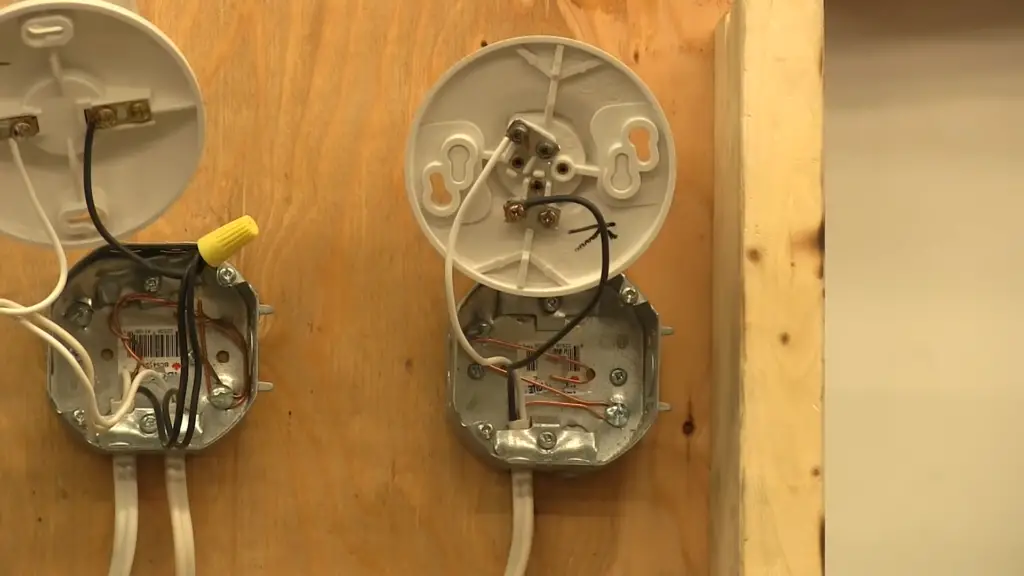
Preparation and Safety
When wiring multiple lights to one switch, it is important to understand the principles of electricity. This involves comprehending the flow of current and ensuring the security of all connections. Moreover, it is imperative to observe safety measures when dealing with electrical wiring, like switching off the power before commencing the installation process.
Installing Multiple Lights to One Switch
Once you have determined the type of circuit in your home and have all the necessary tools for the job, you can start to wire multiple lights to one switch. The first step is to turn off the power and remove the existing cover plate from the switch.
Next, you will need to identify which of the two wires is hot and which is neutral (the white wire). The hot wire should be connected to one side of the switch via a terminal screw, while the neutral should be wired directly into each light fixture.
Finally, connect the remaining wire from each light to the other side of the switch. Once all connections are secure, you can replace the cover plate and turn on the power to test your setup.
Troubleshooting Common Problems
If your lights do not work after installation, it is important to take a few steps to troubleshoot common problems. First check that all wires are securely fastened and that each light fixture has been correctly wired. Additionally, if the lights flicker when turned on or off, there may be a short in the circuit. In this case, you should double-check all connections to ensure they are secure and then contact a qualified electrician for further assistance.
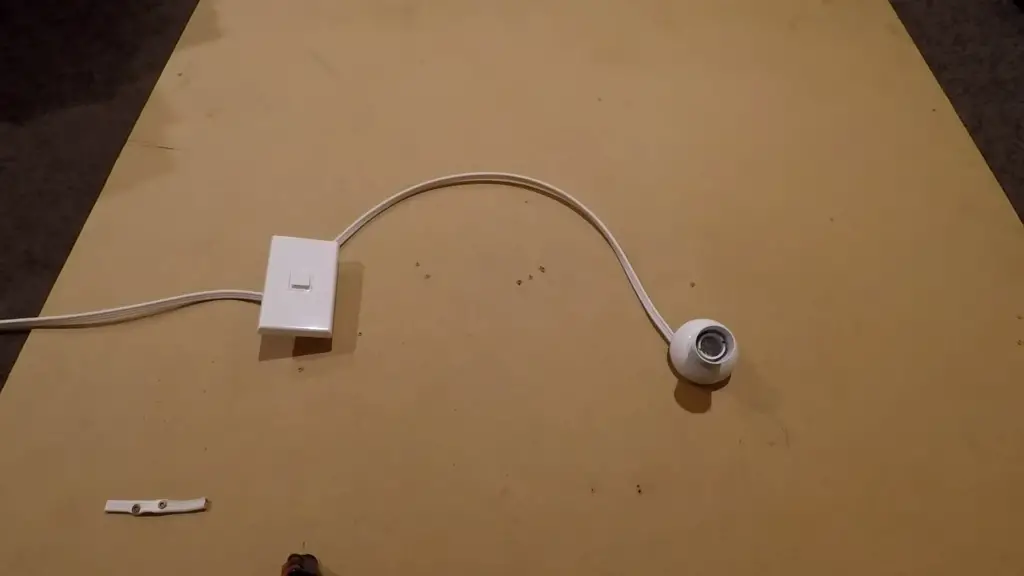
Finally, make sure that you use appropriate tools and safety precautions when working with electrical wiring to ensure your safety and the integrity of the circuit.
How Many Volts Is A Strand Of Lights?
The voltage of a strand of lights depends on the type of bulb being used. Incandescent bulbs typically operate at 120 volts, while LED and CFL bulbs generally require a voltage range of 5-15V. Additionally, some strands may use multiple sources of power, such as solar or battery powered options. To determine how many volts your light strand requires, it is important to check the product specifications before purchasing.
It is also important to note that when using multiple strands of lights, the total voltage will increase with each strand. For example, if you are using two 120 volt strands of incandescent lights, then the total voltage for both strands would be 240 volts. To avoid overloading circuits or putting too much strain on your power source, it is important to understand the voltage requirements for each strand and ensure that they do not exceed the circuit’s capacity.
Given the importance of understanding how many volts a strand of lights requires, it is always best to consult with an electrician or qualified technician if you are unsure about your specific setup. Additionally, make sure to follow safety procedures and turn off electricity to the circuit before attempting any work on the lights.
Tip: To prevent confusion while wiring multiple strands of lights, it is also helpful to label each strand with its individual voltage requirements. This will make it easier to identify which strand requires which power source and ensure that all connections are correct. Additionally, this practice can help you avoid overloading circuits and reduce the risk of a potential fire. [2]
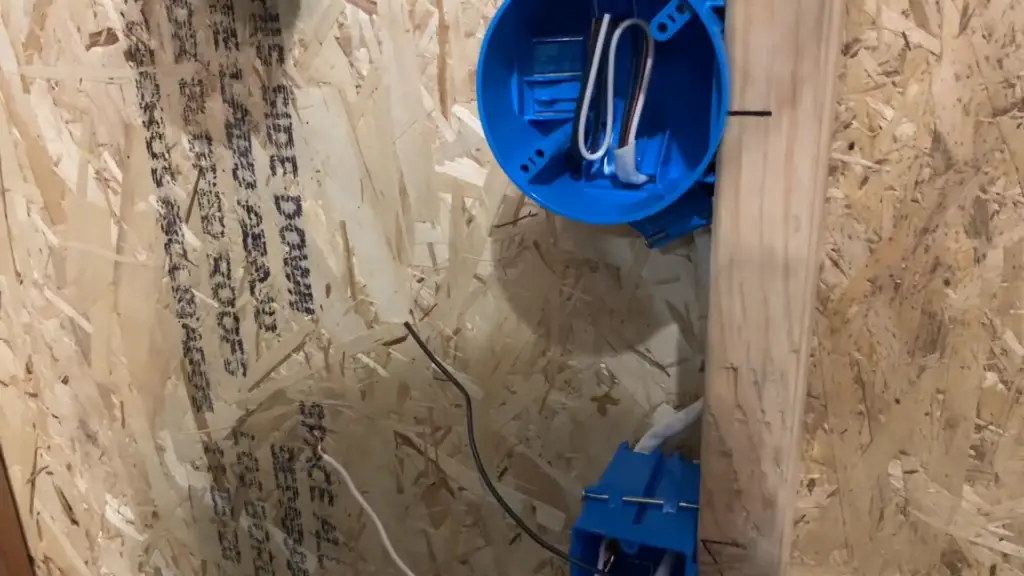
What Happens If You String Too Many Lights Together?
If too many lights are strung together, it can result in an overload of the circuit and a decrease in bulb performance. This can cause the bulbs to dim or flicker, as well as increase the potential risk of electrical fires. Additionally, if multiple strands of lights are powered by one outlet, they may draw more current than is safe for that particular circuit and cause it to trip.
To avoid this, it is important to pay attention to the current ratings of each strand and make sure the total draw does not exceed the capacity of the circuit. Additionally, if you are unsure about how many lights your outlet can handle, it is always best to consult with a qualified electrician or technician before making any connections.
Is It Bad To Leave String Lights On All Night?
In general, it is not recommended to leave string lights on all night. This is because most strands of lights are powered directly from a power source and can easily overheat if left on for too long. Additionally, leaving your lights on all night increases the potential risk of an electrical fire due to a buildup of heat in the wiring or cords.
If you do plan to leave your lights on overnight, it is important to reduce the power used by making sure all bulbs are correctly wired and in working condition. Additionally, if possible, use a timer or motion sensor switch to control when the lights come on and off. This will help to ensure that the lights are not left on for too long and helps to save energy as well.
Finally, always remember to use caution when dealing with electrical wiring and consult a qualified electrician if you are unsure about any of your installations. Taking these measures will help to ensure your safety and the integrity of the circuit. [3]
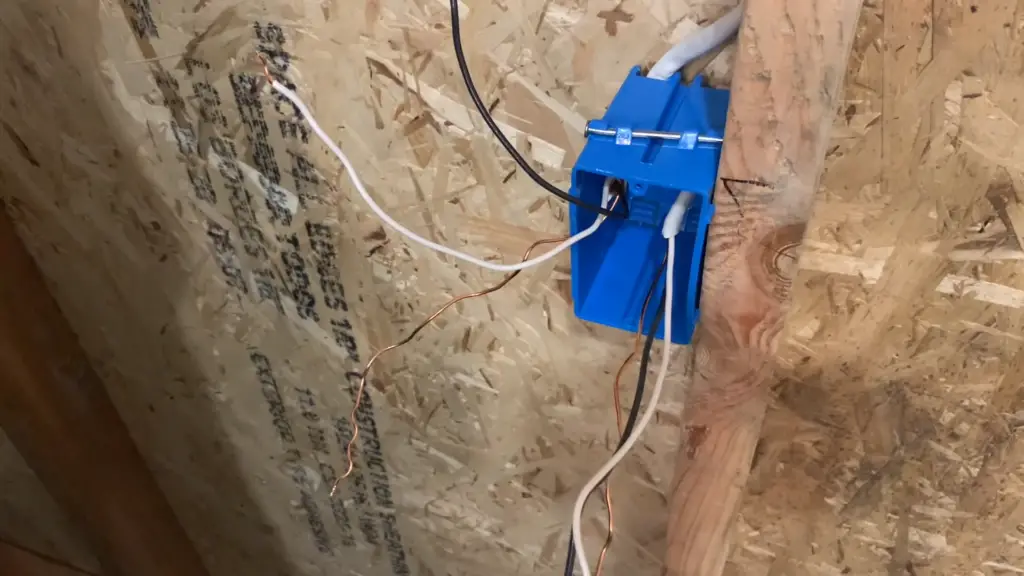
What Lights Should Be Avoided At Night?
At night, it is generally best to avoid using blue and white lights. This is because these colors can interfere with melatonin production which can affect your sleep patterns. Additionally, too much exposure to blue light from screens or devices such as phones and computers can also have a negative effect on your sleep quality.
Instead, opt for warmer colors like reds and oranges which have been found to be more calming and less disruptive to sleep. Additionally, if you are using a timer or motion sensor for your lights, set them to turn off during the night as this will help reduce any potential disruptions from light pollution.
Finally, make sure that all of your lighting solutions are energy-efficient and provide the right amount of illumination for your needs. Taking these measures will help ensure that your lights are not only working safely, but also help to reduce your energy consumption and save money in the long run.
What Should Be Considered When Installing Lights Indoors?
When installing lights indoors, it is important to consider several factors such as safety, proper wiring, and the best type of light source. To ensure your safety, make sure all wiring is securely connected and double-check that the circuit has been shut off before making any changes. Additionally, it is important to understand the current ratings of each strand of lights and make sure they do not exceed the capacity of the outlet.
When choosing a light source, consider factors such as visibility, energy efficiency, and cost. LED lights are usually the most energy-efficient option and can last up to 25 times longer than incandescent bulbs. Additionally, CFLs tend to use less power than traditional bulbs and can provide a good balance between brightness and energy savings.
Finally, consider how the light will be used in your space before making any decisions. For example, if the lights will be used in an area that requires a lot of visibility, then you may want to opt for a brighter light source. If you are looking for something more subtle and decorative, then consider using dimmable LED or CFL bulbs. Taking these factors into consideration will help ensure that your lighting solutions are both safe and effective.
How Many Years Do String Lights Last?
The lifespan of string lights varies depending on the type of light source used and the amount of use they receive. Generally speaking, LED bulbs tend to last the longest with an average life span of up to 25 times longer than incandescent bulbs. Additionally, CFLs can provide a good balance between brightness and energy savings and usually last about 10-15 years.
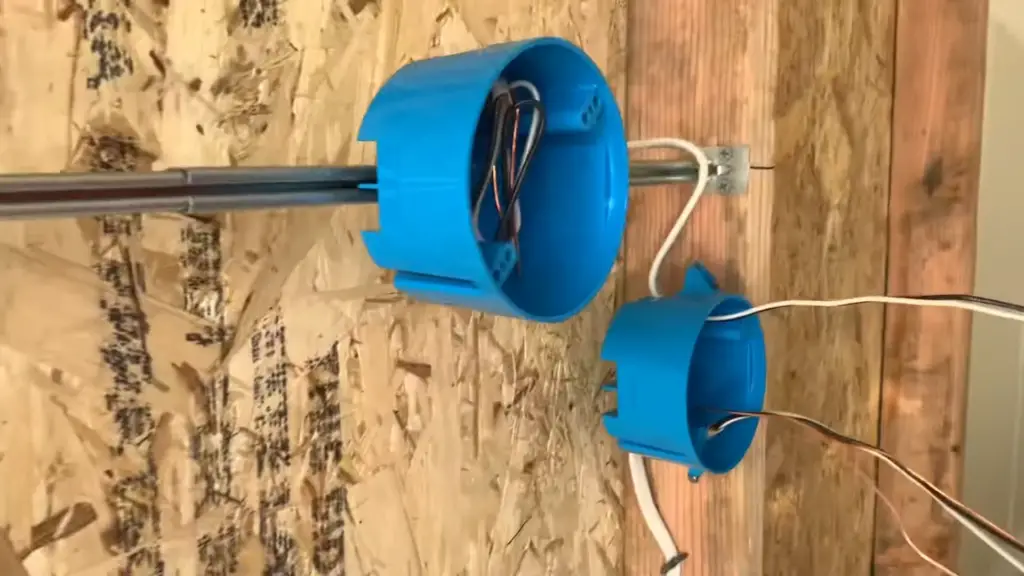
Of course, proper maintenance is also important in order to ensure that your lights last as long as possible. This includes checking the wiring and connections regularly for any signs of damage, cleaning dirt and debris from the bulbs, and replacing dead or dimming bulbs as needed. [4]
Do String Lights Get Hot?
String lights can get hot depending on the type of light source used and how long they are left on. Generally speaking, LED bulbs tend to stay relatively cool even after extended periods of use. However, incandescent and halogen bulbs can become quite hot due to their energy efficiency so it is important to ensure that anything flammable is kept away from these types of lights. Additionally, if string lights are left on for too long, they can easily overheat and potentially start a fire so it is important to keep an eye on them and make sure they are not left on for extended periods of time.
Finally, always remember to follow the manufacturer’s instructions when installing and using any electrical equipment and consult with a qualified electrician if you are unsure about any of your installations. Taking these measures will help to ensure that your lights are safe and working properly.
What Are The Benefits Of Installing String Lights?
String lights can provide numerous benefits in both indoor and outdoor settings. In the home, string lights can add a unique touch of ambiance and can be used to highlight certain areas or features. Additionally, string lights can also be used as a form of security lighting due to their motion sensor capabilities and bright illumination.
Outdoors, string lights can help to create a festive atmosphere for any occasion. They can also provide a great way to light up pathways or other outdoor areas in an energy-efficient manner. Additionally, string lights can be used to create a stunning night time display and improve the overall look of your home.
Finally, string lights are relatively easy to install and maintain so they make for an ideal lighting solution for both indoor and outdoor spaces. Taking these factors into consideration will help ensure that your lights are not only safe but also provide the desired results. [5]

Do String Lights Save Money?
Yes, string lights can help to save money when used properly. This is because they are usually quite energy-efficient and require less power to operate than traditional bulbs. Additionally, LED or CFL lights are usually more expensive upfront but can last up to 25 times longer than incandescent bulbs which helps to reduce replacement costs in the long run.
FAQs
What type of wiring is used to connect multiple lights to one switch?
The type of wiring used for multiple lights depends on the number of lights and their wattage. Generally speaking, a 12 gauge wire should be used for up to four light fixtures that are no more than 60 watts each. If your lighting setup requires more than four fittings, then you may need to use a 10 or 8 gauge wire. Additionally, it is important to check with a qualified electrician or your local electrical codes before beginning any wiring project.
How do I know which light source is best for my space?
When choosing a light source, consider factors such as visibility, energy efficiency and cost. LED lights are usually the most energy-efficient option and can last up to 25 times longer than incandescent bulbs. Additionally, CFLs tend to use less power than traditional bulbs and can provide a good balance between brightness and energy savings. Finally, consider how the light will be used in your space before making any decisions. For example, if the lights will be used in an area that requires a lot of visibility, then you may want to opt for a brighter light source. If you are looking for something more subtle and decorative, then consider using dimmable LED or CFL bulbs. Taking these factors into consideration will help ensure that your lighting solutions are both safe and effective.
Can I install my own string lights?
Yes, it is possible to install your own string lights as long as you take the necessary safety precautions. Before starting any electrical project, make sure you have read the manufacturer’s instructions and consult with a qualified electrician if you are unsure about anything. Additionally, always remember to use the proper wiring and never try to exceed the maximum wattage rating for your lights. Taking these measures will help ensure your safety as well as provide the desired results.
Are string lights safe to use?
Generally speaking, string lights are quite safe when used properly. Make sure you always check the manufacturer’s instructions and follow their guidelines for installation and maintenance. Additionally, it is important to keep an eye on your lights and make sure they are not left on for extended periods of time as this can lead to overheating which can potentially start a fire.
What are the tools required for this type of wiring?
Generally speaking, the tools required for wiring string lights include a wire stripper, electrical tape, cord clamps, screwdriver and a voltage tester. Additionally, it is important to have protective eyewear and gloves when working with electricity as this will help ensure your safety. Finally, make sure you always double check that all connections are secure before testing the circuit.
Can I do the wiring myself, or do I need to hire a professional electrician?
It is possible to do the wiring yourself as long as you take the necessary safety precautions. However, if you are unsure about anything or not confident in your electrical abilities, then it may be best to enlist the help of a qualified electrician. Doing so will help ensure that your wiring setup is safe and up to electrical codes. Additionally, consulting with an electrician can also help to ensure that your lights are installed correctly and will provide the desired results.
Are there any other tips for a successful wiring project?
Yes, there are several tips for ensuring a successful wiring project. Always make sure you double-check that all connections are secure and follow the manufacturer’s instructions when installing the lights. Additionally, never try to exceed the maximum wattage rating for your lights and be sure that all wiring is done correctly. Finally, make sure you always use an appropriate voltage tester before turning on the circuit to ensure it is safe.
Are there any other lighting options besides string lights?
Yes, there are many other lighting options available such as track lighting, recessed lighting and chandeliers. Additionally, you can consider using pendant lights or wall sconces for a more decorative look. Finally, when choosing your light source, keep in mind factors such as visibility, energy efficiency and cost before making your decision.
What should I do if the lights don’t work after wiring?
If the lights don’t turn on after wiring, there could be a number of potential issues. First, check that all connections are secure and that you have used the appropriate gauge wire for your lighting setup. Additionally, make sure you have not exceeded the maximum wattage rating for your lights and that you are using an appropriate voltage tester before turning on the circuit.
How many lights can be safely connected to a single switch?
The number of lights that can be safely connected to a single switch depends on the wattage of your light fixtures. Generally speaking, up to four light fixtures with a maximum wattage of 60 watts each is safe. If you need to connect more than four lighting solutions or have higher wattage fittings, then it is important to consult with a qualified electrician before beginning your wiring project.
What are the implications of the power load on the switch when connecting multiple lights?
When connecting multiple lights to a single switch, it is important to consider the power load each light will place on the switch. Too much of a load on the switch can lead to damage or even an electrical fire, so it is important to make sure you do not exceed the maximum wattage rating for your lights. Additionally, using thicker gauge wire and ensuring that all connections are secure can help to reduce the power load and help prevent any issues.
Can I use the same wiring method for different types of lights (LEDs, incandescent, etc.)?
Yes, the same wiring methods can be used for different types of lights. However, it is important to take into account the wattage and voltage requirements of each type of light before starting your wiring project. Additionally, if you are using multiple types of lighting solutions, make sure that all fixtures have a compatible wattage rating in order to prevent any issues.
Useful Video: Basics: Adding a Light to An Existing Circuit
Conclusion
Wiring multiple lights to one switch is not difficult, but it does require a basic understanding of electrical wiring and safety precautions. It is important to take these considerations into account when attempting this type of project. Although the installation process can vary from home to home, most systems will follow the same basic steps outlined in this guide. By following the guidelines provided in this article, you should have no trouble successfully wiring multiple lights to one switch.
Furthermore, it is necessary to pay attention to the specific types of wires and switches used in the project as these will determine the proper safety precautions that must be taken. For example, if low-voltage wires are being used then special care should be taken not to damage them during installation and to use the appropriate switches to prevent any dangerous scenarios from occurring. With the right tools and knowledge, wiring multiple lights to one switch should be a relatively straightforward task.
References
- https://www.hunker.com/12150991/how-to-wire-multiple-light-fixtures-to-one-switch
- https://toolsweek.com/how-to-wire-multiple-lights-to-one-cord/
- https://conquerallelectrical.ca/how-to-wire-multiple-lights-to-one-switch/
- https://flameport.com/electric/lighting_circuits/lighting_multiple_lights_one_switch.cs4
- https://houselightingreview.com/how-to-wire-two-lights-to-one-switch/
- https://www.ustellar.com/blogs/news/how-to-wire-multiple-lights-to-one-switch





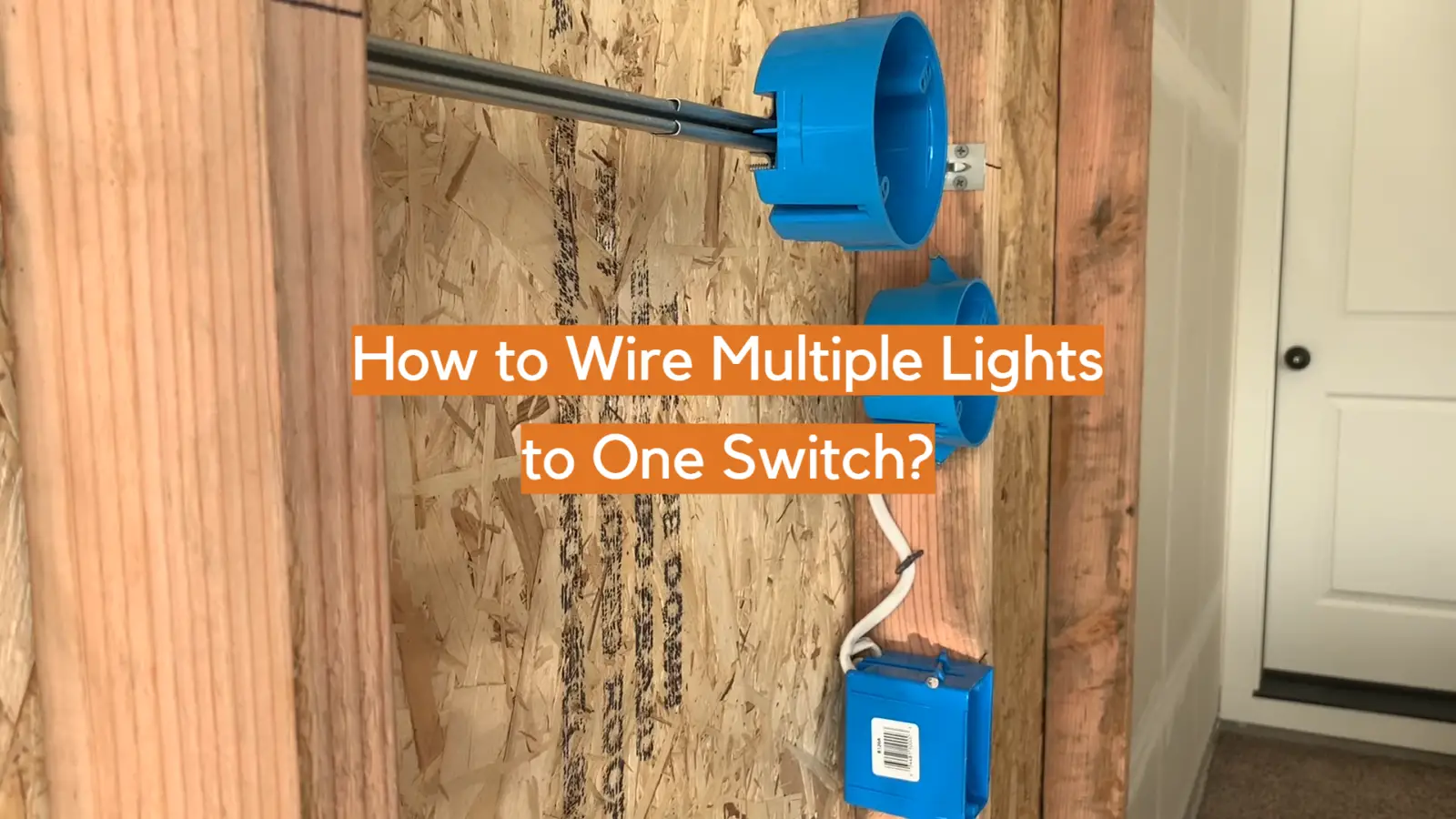





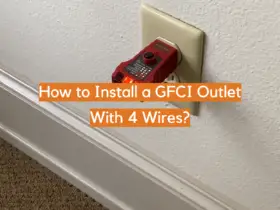
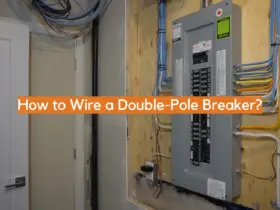
Leave a Reply